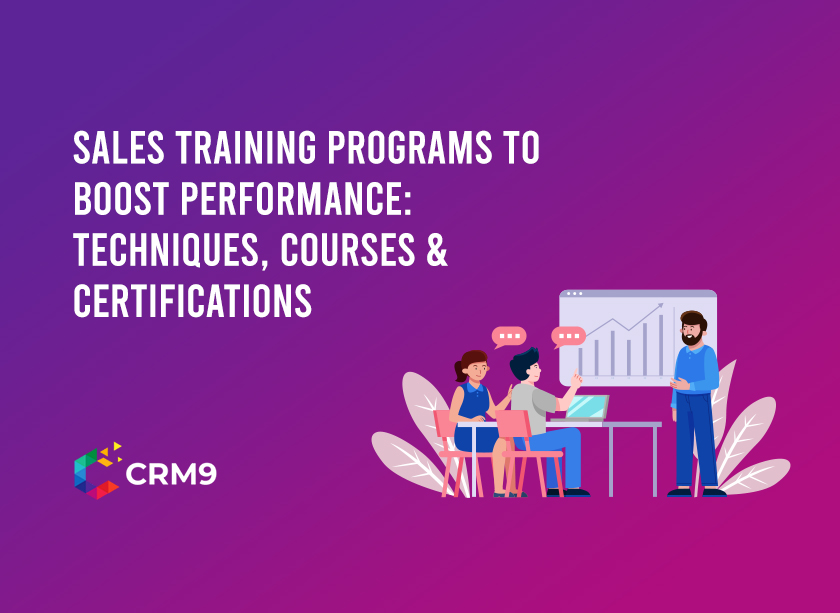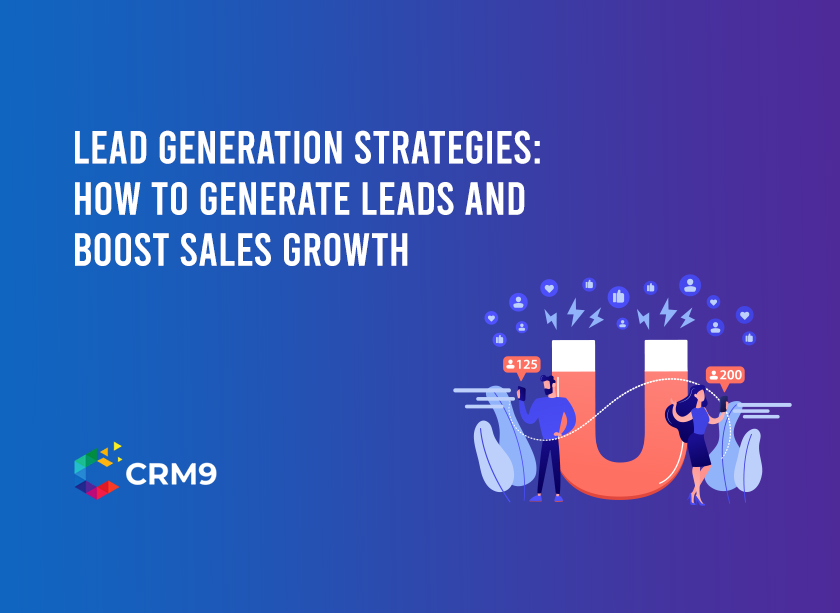Each buyer’s journey is different. Some find your company while searching for solutions on the web, and others require a direct push in the form of a call or email. That’s the difference between inbound vs outbound sales.
Smart companies are learning to blend both rather than viewing them as opposing entities. The outcome? More substantial conversations, deeper connections, and a sales process that cannot fail in today’s hectic market.
What is Inbound Sales?
Inbound sales meaning: It refers to a sales methodology where prospects approach you, rather than your team pursuing them. Companies bring prospects in with content marketing, SEO, and learning materials that assist individuals in finding answers to problems. Because buyers are already engaged, the dialogue becomes natural and trust-oriented. Inbound selling emphasizes long-term relationship development through walking prospects through a decision-making process.
What is Outbound Sales?
Outbound sales meaning: It describes a proactive method where sales representatives reach out to potential clients directly. This includes cold calls, emails, networking, and events. The goal is to identify prospects who don’t know about your product or service and introduce it to them. Outbound can be effective in raising awareness and boosting conversions fast because it pushes your product into the marketplace
What is the Difference Between Outbound and Inbound Sales?
The only difference between outbound and inbound is in the style. Inbound is reactive, where you let leads come to you, whereas outbound is proactive, where you make the first approach. Inbound is based on the provision of valuable content and digital touchpoints, and outbound employs direct outreach. It is essential to know what is inbound and outbound as it enables companies to determine the right balance, to grow without losing opportunities.
1. Inbound Sales
- Reactive Approach:
Inbound sales work on a reactive model. Instead of cold calls or aggressive pitches, businesses respond when customers show interest. This is why what is inbound sales is often explained as “helping rather than selling.” Companies assist curious prospects by providing the proper information at the right moment.
- Target Audience:
The target of inbound is usually individuals who are actively looking for solutions. They have already determined that there is a problem and are willing to look for the correct product or service. By nurturing them professionally, businesses make lead management easier and have a better chance of closing deals with qualified prospects.
- Common Channels:
Inbound approaches use channels like blogs, search engines, webinars, social media sites, and eBooks. These sites assist brands in engaging, educating, and attracting the right individuals. Inbound marketing attempts to make the customer’s buying process more natural by delivering value beforehand.
- Goal:
Inbound aims to gain the trust and loyalty of customers. Companies are hoping for long-term relationships with their customers rather than a short-term score with profits. When companies have deep relationships with their customers, the opportunities for word-of-mouth endorsements, returning sales, and customer loyalty become huge opportunities.
2. Outbound Sales
- Proactive Approach:
Outbound sales are dependent on a proactive strategy. Instead of waiting for interest, sales teams aggressively approach prospects by calling, texting, or meeting up. This will also help in creating engagement in competitive markets and building opportunities to connect with more people.
- Target Audience:
Outbound marketing tends to reach a larger audience, like individuals who don’t know your product or brand. That’s why it’s perfect for new market discovery. A good client management tool can assist in tracking these potential clients and handling targeted outreach campaigns.
- Common Channels:
Outbound tactics mostly consist of cold calling, direct email, paid advertising, and trade events. These tactics place your company in the face of prospective purchasers. Although it may seem aggressive, it keeps you visible in markets where competition is intense.
- Goal:
The purpose of outbound is to close deals quickly and generate leads. When businesses need to get immediate traction, need to scale fast, or need to enter into a new space, an outbound sales approach can prove useful.
Inbound Sales vs Outbound Sales: Which Strategy is Best For Your Business?
Inbound sales vs outbound sales have different purposes. Inbound is best suited to small businesses or new startups in need of low-cost and sustainable growth. Outbound provides the bigger companies with a means of rapid scaling and entering new sectors. The majority of successful companies today tend to combine both elements and ensure that there is a sufficient balance. Here is how the two approaches work:
- Inbound: cost-effective, long-term growth.
- Outbound: faster results and wider reach.
- Small businesses thrive with inbound.
- Enterprises scale quicker with outbound.
- The best results often come from combining both.
Pro Tip
Don’t treat inbound sales and outbound sales as two separate efforts. The actual impact happens when both collaborate. Outbound reps may exchange customer objections that enable inbound teams to enhance their content, while inbound leads are converted quickly with timely outbound follow-ups. This collaboration can significantly improve your conversion rates.
Benefits of Inbound Sales:
One of the greatest advantages of inbound sales is that it targets the right individuals rather than pursuing uninterested leads. This not only cuts down on time and resources but also generates a more organic approach to sales. Invesp’s study on inbound vs outbound marketing states that inbound leads are 61% cheaper than outbound leads, making it a better long-term investment. Let’s examine some of the chief advantages that make inbound sales so powerful:
1. Cost-Effective Lead Generation
Inbound is more affordable because it leverages digital content and natural channels to drive prospects in. Instead of investing a lot in cold calling, your content continues to produce leads over time at no extra cost.
2. Higher Quality Leads
Leads that come through inbound are usually better qualified. Because they are already interested, your sales team spends less time on convincing. This maximizes the sales funnel and minimizes waste time.
3. Long-Term Relationship Building
With inbound marketing, you can keep prospects interested in you and build strong, long-term ties with them. Establishing yourself as the expert in your field also helps build trust and customer loyalty.
4. Scalable & Sustainable
Inbound grows steadily over time. With content and systems established, you can manage more leads with minimal additional effort. The business can grow even more with the aid of automated sales software that creates invoices and estimates.
Data-Driven Insights
Each click, download, or activity leaves behind information. Inbound methods enable companies to learn from customer behavior, optimize campaigns, and make wiser sales choices.
Benefits of Outbound Sales:
You do not need to wait for leads to arrive when using outbound sales; rather, you can go find them. This proactive way helps you reach the right prospects sooner. Here are some of the key advantages of outbound sales:
1. Faster Results
While inbound may take time to gain traction, outbound sales are capable of producing faster results. A quality cold call or targeted outreach email can develop interest and advance prospects into the sales funnel instantly.
Do You Know?
HubSpot’s research found that companies focusing on inbound sales generate leads at 62% lower costs compared to those that depend mainly on outbound sales. This shows why inbound has become such a popular and cost-effective strategy for modern businesses.
2. Proactive Control
Outbound places your sales team in the driver’s seat. You have control over whom you want to target, when to engage with them, and how to steer the conversation, giving you more command over the sales process using outbound sales alone compared to relying on inbound leads alone.
3. High Market Reach
Outbound targets prospective customers who are as yet unaware of your business or product. By approaching them directly, you develop awareness in the market that inbound content might not have access to as effectively.
4. Scalability with Sales Teams
Outbound measures scale well as your company expands. With added sales team members, automation tools, and structured campaigns, you can gradually scale your outreach and keep your pipeline stocked.
5. Ideal for B2B & Enterprise Sales
Where decisions have multiple stakeholders and bigger budgets, outbound sales are usually more effective. Targeted outreach indicates initiative and establishes trust with decision-makers who expect direct communication.
Conclusion
There are both advantages and disadvantages when it comes to inbound sales and outbound sales. Inbound sales enable you to establish trust and cultivate high-quality leads, and facilitate sustained, long-term expansion. Outbound sales help in getting faster results and market growth. A strategy that effectively applies both works best. Using both will give you flexibility and balance, whether you are a small business looking for organic leads or a big company wanting maximum growth.
Inbound vs. Outbound Sales: FAQs
The best Inbound and Outbound Sales Strategies are to combine both approaches. Create personalized content and use automation for inbound, and use smart targeting and tailored outreach for outbound.
Inbound sales means customers find you through content, ads, or referrals, and you guide them toward the right solution.
Outbound sales is when a business actively goes out to possible prospects through phone, email, or networking. Rather than waiting for leads, sales representatives initiate communication and walk prospects through the sales process.
In B2B, outbound sales enable businesses to quickly reach decision-makers, while inbound establishes long-term trust by means of valuable content. Businesses mostly utilize both combinations to remain competitive.
Businesses balance both by mapping them against customer requirements. Inbound attracts prospects, whereas outbound provides a consistent pipeline by directly reaching new prospects.



